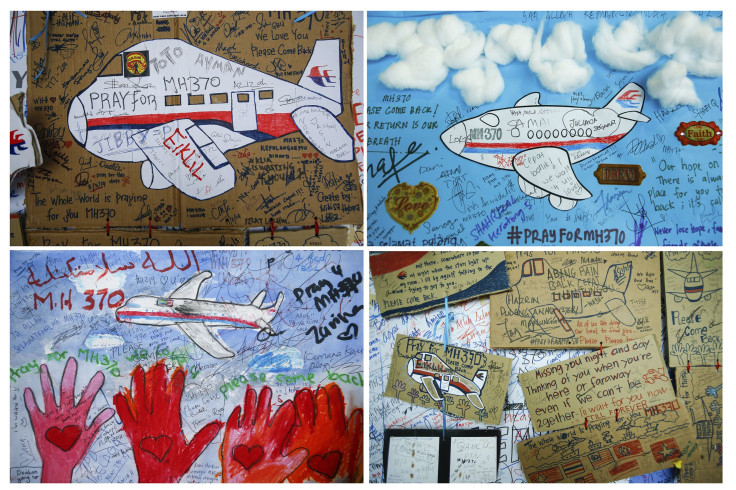MH370 Passengers And Crew Likely Suffocated Prior To Crash, Says Australian Report

The 239 passengers and crew members of Malaysia Airlines Flight MH370 probably suffocated before the Boeing 777 ran out of fuel and crashed into the ocean on autopilot, said new report from Australian officials on Thursday, according to Reuters.
The Australian Transport Safety Board (ATSB) released a 55-page report mostly by comparing the characteristics of MH370’s disappearance with that of other, more documented cases. The report notes that the lack of communication and fixed flight path consistent with autopilot navigation support the claim.
MH370 would have had to get deliberately veered away from its original northeastern course to fly south to the search areas.
"Given these observations, the final stages of the unresponsive crew/hypoxia event type appeared to best fit the available evidence for the final period of MH370’s flight when it was heading in a generally southerly direction," the ATSB report said.
The ATSB also announced a new 23,000 square mile (60,000 square kilometer) search area along the “seventh arc,” where MH370 lost contact with a satellite in the region. The region is about 1,200 miles off the coast of Perth, Western Australia. The satellite data that gave authorities the seventh arc only tells how far MH370 was from that satellite, not geographically where it was.
Searchers will map the region's ocean floor, where they already conducted a surface search three weeks after MH370 disappeared.
The report arrives several days after it was confirmed that MH370’s pilot, Zaharie Shah, 53, had flights to small islands in the Indian Ocean in his home flight simulator. Investigators named him as the prime yet unlikely suspect in their investigation. Investigators noted that Shah had no commitments following MH370s flight, unlike his copilot or crew.
Read the full ATSB report here (PDF).
© Copyright IBTimes 2024. All rights reserved.






















